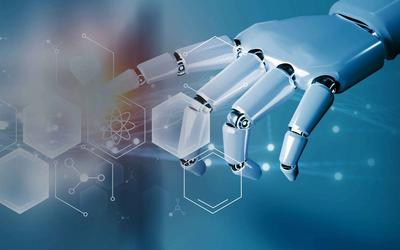What is energy?
Energy, at the most fundamental level, is what makes things go. Energy quantifies the ability of a person, animal, machine or system to do useful work.
In practical terms, energy powers our vehicles and factories, heats our homes and office buildings, drives our economy and gives us a high standard of living. Energy technologies are crucial building blocks of our security and our prosperity.
What is NIST’s role?
Every energy technology, from batteries to solar panels to gas pipelines, relies on accurate measurements and standards. NIST develops testing methods, measurement science and reference materials to ensure the quality of energy-related products and services and ensure fairness in the marketplace.
NIST develops new measurement techniques and disseminates reference materials and data that researchers and manufacturers rely on to develop and commercialize new energy production, distribution and efficiency technologies. For example:
- NIST is an authoritative reference for thermal conductivity measurements of energy-efficient building materials such as insulation.
- NIST developed and patented a device to artificially accelerate the UV weathering of materials, allowing researchers to study the effects of aging on photovoltaic systems.
- NIST has a unique laboratory where researchers develop data and models needed to reliably manufacture vehicle components from lightweight materials, leading to more energy-efficient cars and trucks.
- NIST developed the first standard for measuring solid-state lighting products such as light-emitting diodes, or LEDs. These operating conditions and measurement methods have been incorporated into NIST’s National Voluntary Laboratory Accreditation Program, required for Energy Star implementation.
- NIST developed national calibration standards for gas flow meters, which now serve as the "cash registers" for the natural gas economy.
- NIST researchers are improving lithium-ion batteries, developing AI tools to predict battery explosions and working to increase recycling of batteries that reach the end of their life.
- NIST is developing technology to monitor emissions of greenhouse gases and detect costly methane leaks, and to support the nascent industry working to capture carbon dioxide released from burning fossil fuels.
- NIST has recently combined its indoor air quality and ventilation computer models with energy simulation programs to improve estimates of building energy efficiency and the impacts of energy efficiency measures on indoor air quality. NIST experts have also created tools and standards that are used by industry to operate buildings and minimize infectious disease transmission in an energy efficient manner.
- The Department of Energy relies on NIST to tie energy-related standards to the International System of Units, or SI. For example, NIST is developing the measurement infrastructure needed to establish a calibration service for DC electrical power and energy measurements. This service will provide traceability to SI-based standards of voltage, resistance (for current) and time for electric vehicle chargers and related applications.
The trust that NIST has cultivated within industry, government, and academia as a source of unbiased technical expertise enables the agency to convene these groups and develop paths forward for technology and commerce. NIST has convened stakeholders to develop a Community Resilience Planning Guide and Smart Grid Framework.











